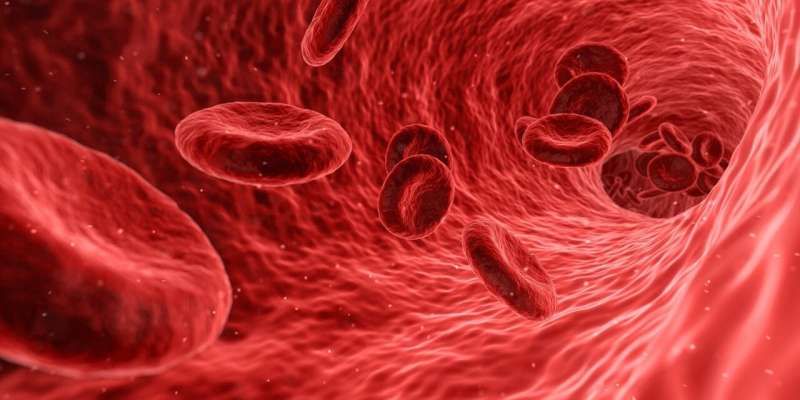Researchers conduct metabolite analysis of ALS patient blood plasma

High-throughput analysis of blood plasma could aid in identification of diagnostic and prognostic biomarkers for amyotrophic lateral sclerosis (ALS), according to research from North Carolina State University. The work sheds further light on a pathway involved in disease progression and appears to rule out an environmental neurotoxin as playing a role in ALS.
ALS is a progressive neurodegenerative disease that causes deterioration of nerve cells in the brain and spinal cord. Currently, treatments are hampered by lack of definitive targets, a diagnostic process that often takes over a year to complete, and insufficient and subjective methods for monitoring progression.
"Early diagnosis is important, but we are in dire need of quantitative markers for monitoring progression and the efficacy of therapeutic intervention," says Michael Bereman, associate professor of biological sciences at NC State and corresponding author of a paper describing the work. "Since disruptions in metabolism are hallmark features of ALS, we wanted to investigate metabolite markers as an avenue for biomarker discovery."
Bereman, with colleagues from NC State and Australia's Macquarie University, took blood plasma samples for 134 ALS patients and 118 healthy individuals from the Macquarie University MND Biobank. They used chip-based capillary zone electrophoresis coupled to high resolution mass spectrometry to identify and analyze blood plasma metabolites in the samples. This method quickly breaks the plasma down into its molecular components, which are then identified by their mass. The researchers developed two computer algorithms: one to separate healthy and ALS samples and the other to predict disease progression.
The most significant metabolism markers were associated with muscle activity: elevated levels of creatine, which aids muscle movement, and decreased levels of creatinine and methylhistidine, which are byproducts of muscle activity and breakdown. Creatine was 49% elevated in ALS patients, while creatinine and methylhistindine decreased by 20% and 24%, respectively. Additionally, the ratio of creatine versus creatinine increased 370% in male, and 200% in female, ALS patients.
Through machine learning, the algorithms that they created were then able to both separate healthy participants from ALS patients and predict the progression of the disease. The models produced results for both sensitivity (ability to detect disease), and specificity (ability to detect individuals without disease). The disease detection model performed at 80% sensitivity and 78% specificity, and the progression model performed at 74% sensitivity and 87% specificity.
"Creatine deficiency alone does not seem to be a problem—our results confirm that the creatine kinase pathway of cellular energy production, known to be altered in ALS, is not working as well as it should," Bereman says.
"These results are strong evidence that a panel of plasma metabolites could be used both for diagnosis and as a way to monitor disease progression," says Gilles Guillemin, professor of neurosciences at Macquarie University and co-author of the paper. "Our next steps will be to examine these markers over time within the same patient."
Another goal of the work was to look for evidence of exposure to an environmental neurotoxin, Beta Methylamino-L-Alanine (BMAA), which is found in green and blue algae blooms. BMAA has been associated with ALS since the 1950s, but few studies have attempted to detect it in human ALS patients. The researchers did not detect BMAA in the blood of either healthy or ALS patients.
More information: Michael S. Bereman et al, Metabolite Profiling Reveals Predictive Biomarkers and the Absence of β-Methyl Amino-L-Alanine in Plasma from Individuals Diagnosed with Amyotrophic Lateral Sclerosis, Journal of Proteome Research (2020). DOI: 10.1021/acs.jproteome.0c00216














